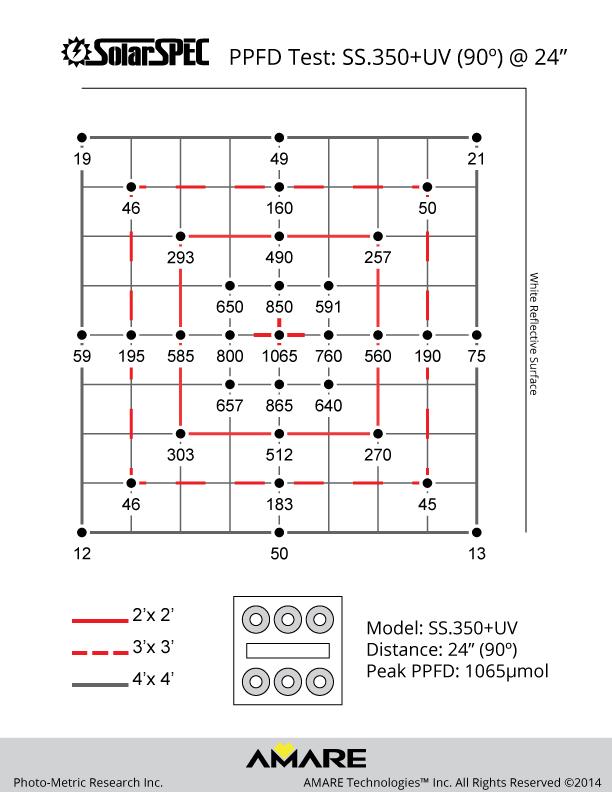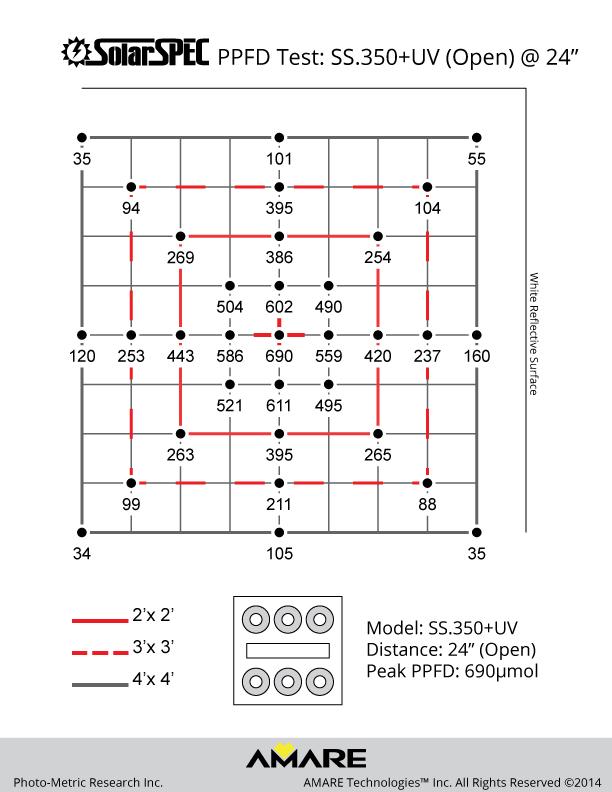VladimirPutin
New Member
Does living at altitude really affect LED's? I'm at 9200 feet...
Sent from my iPad using 420 Magazine Mobile App
Yea, as a result of the high altitude, indoor temps are much lower than at sea level.
I was mid 60F's and plants grew miserably slow under a 180W LED.
Switching out to the 150 CMH, infrared and ultraviolet heat gave the plants the kick in the roots to grow.
I get great growth at 77F and 70 RH





 Does that include HVAC?
Does that include HVAC?




 . So there really are no clear-cut lines as far as different types of technology and periods of time go. But I think, on average, LED (grow-)light technology has advanced quicker than and has had less dead-ends than HID (grow-)light technology. Remember mercury-vapor lamps, LMAO?
. So there really are no clear-cut lines as far as different types of technology and periods of time go. But I think, on average, LED (grow-)light technology has advanced quicker than and has had less dead-ends than HID (grow-)light technology. Remember mercury-vapor lamps, LMAO?